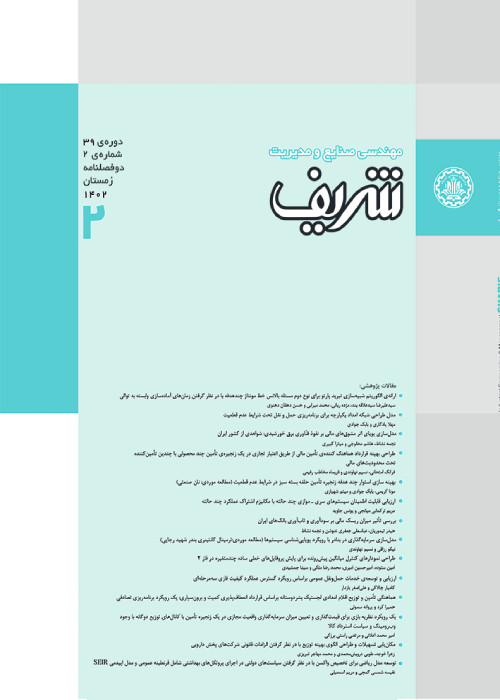CELLULAR MANUFACTURING SYSTEM DESIGN WITH PRODUCTION PLANNING: A FLOW BALANCING PERSPECTIVE
This paper presents a new mixed integer nonlinear mathematical model to design dynamic cellular manufacturing systems (DCMSs). In the dynamic environment, the entire planning horizon is divided into multiple smaller periods, and each period has di erent product mix and part demand. In reality, production quantity may not be equal to the demand as it may be satis ed from inventory or backorders. Thus production quantity should be determined through PP decisions in order to determine the number and type of machines to be installed in manufacturing cells. Consequently, the manufactured cells should be recon gured in each period. Design and implementation of an e ective CMS involves many issues such as cell formation (CF), production planning (PP), layout design, and scheduling. The proposed model is concurrently making the CF and PP decisions and incorporates several design features including multi-period production planning, alternate routings, system recon guration, duplicate machines, lot splitting, workload balance among machines and cells, cell size limits, and material ow between machines. Machine capacity is also considered. Capacity requirement and the number of required machines in each cell are de ned as decision variables and for the rst time, calculated based on ow shop perspective. The model forms independent cells and determines all related decision variables during each period of the time horizon according to the availability of the machines at the beginning of the rst period. The objective is to minimize the total costs of intra-cell material handling, machine operating, maintenance and setup, cell recon guration and forming, inventory holding and backorder, and production. Linearization techniques are used to transform the suggested non-linear programming model into a linearized formulation. Using ow shop perspective to calculate capacity requirement is considered in this paper for the rst time and so to verify the performance of the proposed model, a numerical example with randomly generated data is solved by a branch-and-bound (B&B) method under the Lingo 12.0 software.
- حق عضویت دریافتی صرف حمایت از نشریات عضو و نگهداری، تکمیل و توسعه مگیران میشود.
- پرداخت حق اشتراک و دانلود مقالات اجازه بازنشر آن در سایر رسانههای چاپی و دیجیتال را به کاربر نمیدهد.



